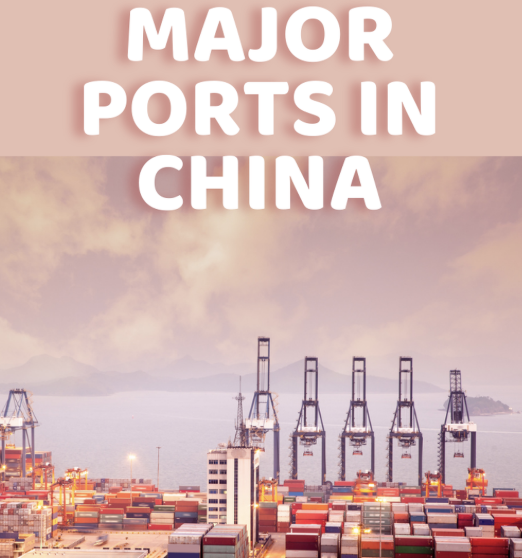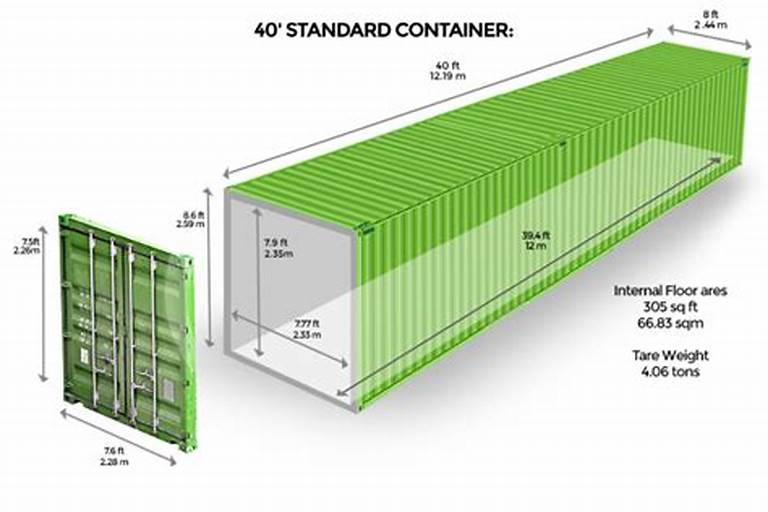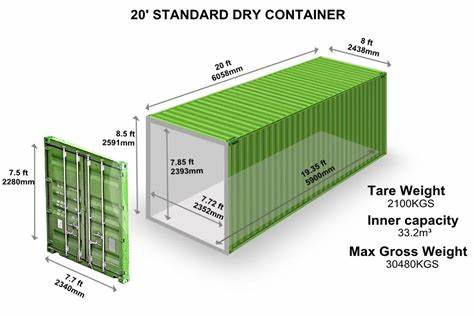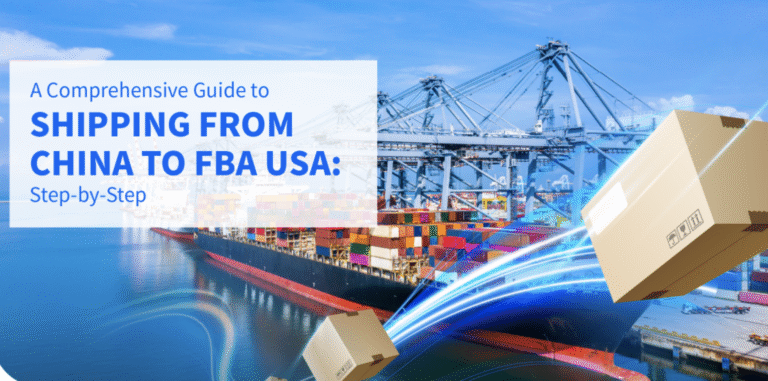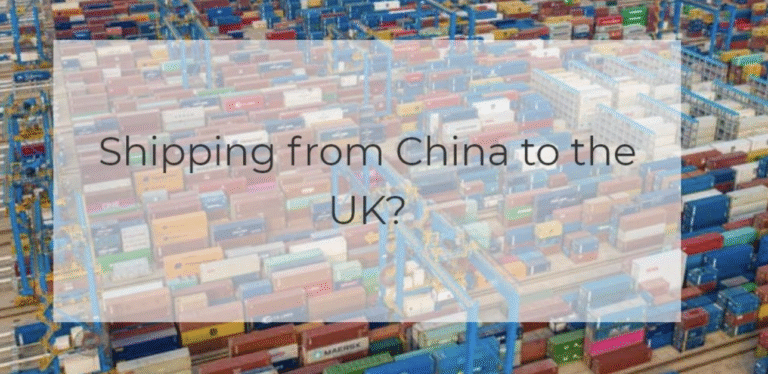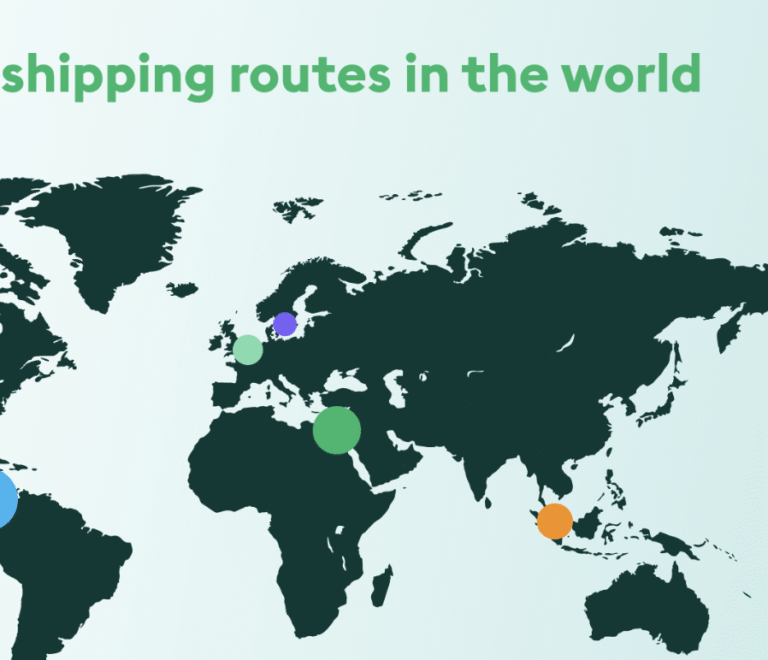Top 15 Major China Ports for Global Trade and Shipping
Why China’s Ports Dominate Global Trade
The Backbone of the World’s Manufacturing Powerhouse
China’s ports are more than just shipping terminals—they are the arteries of global commerce, connecting the world with the world’s largest manufacturing base.
The top 15 major China ports handle over 40% of global container traffic, making them critical to supply chains worldwide.
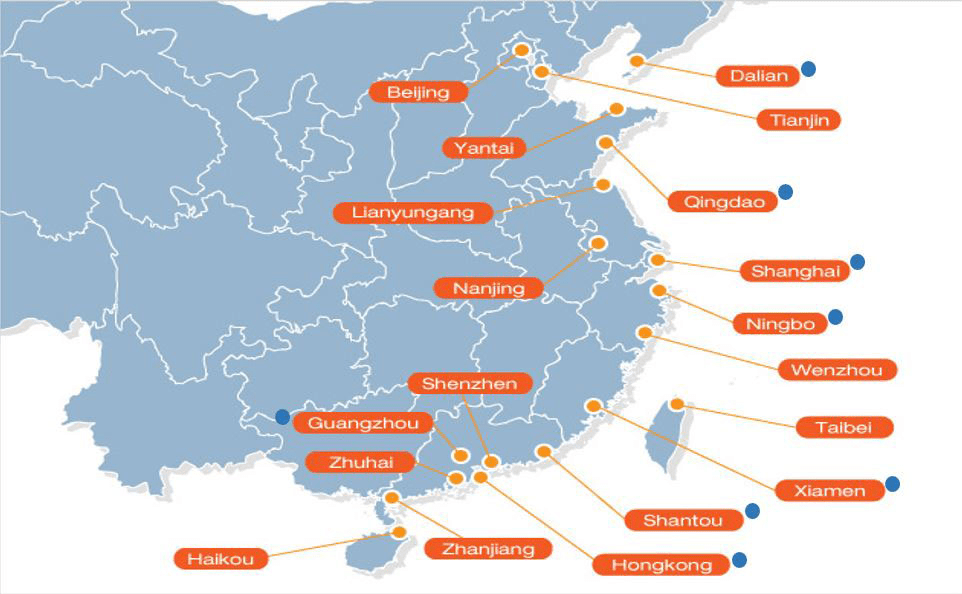
Whether it’s smartphones, textiles, machinery, or toys, chances are the product either passed through a Chinese port or is heading to one.
Backed by the country’s aggressive infrastructure development and Belt and Road Initiative (BRI), these ports have grown into high-tech logistics hubs.
Table of Contents
Strategic Locations and State Investment
One reason for China’s port dominance is geographic diversity—the ports are strategically located across:
- The east coast, close to key manufacturing zones (Shanghai, Ningbo)
- The south, near special economic zones and global factories (Shenzhen, Guangzhou)
- The north, for exports to Europe and Russia (Tianjin, Dalian)
China’s central government continues to invest heavily in port expansion, deep-water access, automation, and green shipping initiatives, making these ports some of the most modern in the world.
How Ports Drive China’s Import and Export Economy
Container Throughput Statistics
In 2024 alone, China’s ports collectively handled over 290 million TEUs (Twenty-foot Equivalent Units), a staggering figure that underscores their importance.
Here’s a snapshot of the top 5 in container throughput (2024 data):
| Port Name | Container Throughput (TEUs) |
|---|---|
| Shanghai | 47.0 million |
| Ningbo-Zhoushan | 35.5 million |
| Shenzhen | 28.8 million |
| Guangzhou | 25.7 million |
| Qingdao | 24.1 million |
These ports are vital for both traditional manufacturing exports and the rapidly growing cross-border e-commerce sector, shipping everything from Shein orders to bulk OEM cargo.
Role in E-Commerce and Global Supply Chains
Chinese ports also support just-in-time manufacturing, which is key for brands sourcing through platforms like Alibaba or working with sourcing agents like Simoosourcing. E-commerce giants like JD.com and AliExpress leverage these ports for fast global fulfillment—especially to North America and Europe.
Top 15 Major China Ports: A Comprehensive List
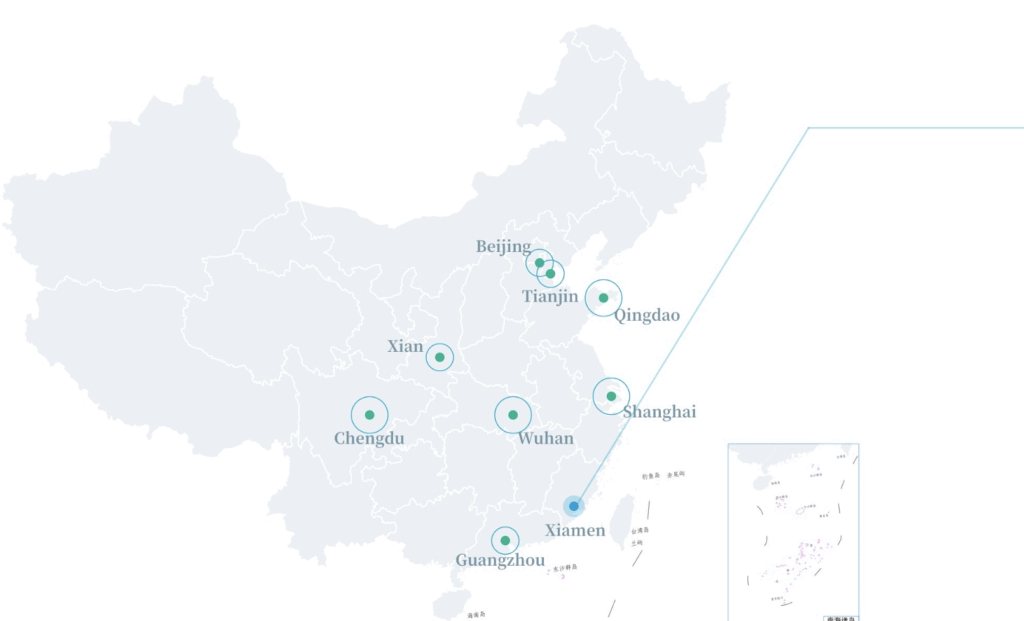
Let’s dive into the top 15 major China ports, covering their strengths, locations, and global relevance:
1. Port of Shanghai
- Location: Yangtze River Delta
- Specialty: General cargo, electronics, autos, chemicals
- Fun Fact: World’s busiest port for over a decade
2. Port of Ningbo-Zhoushan
- Location: Zhejiang Province
- Specialty: Bulk cargo and containers
- Edge: Leading in raw material imports (iron ore, coal)
3. Port of Shenzhen
- Location: Guangdong Province
- Specialty: Electronics, textiles, toys
- Key Terminals: Yantian, Chiwan, Shekou
4. Port of Guangzhou
- Location: Pearl River Delta
- Specialty: Machinery, metals, consumer goods
- Logistics Perk: Major inland connectivity via rail and barge
5. Port of Qingdao
- Location: Shandong Province
- Specialty: Bulk commodities, electronics
- Highlight: Hub for exports to Japan and Korea
6. Port of Tianjin
- Location: Northern China, near Beijing
- Specialty: Chemicals, oil, vehicles
- Use Case: Gateway for northern inland exports
7. Port of Hong Kong
- Location: South China
- Specialty: Transshipment and international trade
- Distinctive Trait: Free port with no tariffs on imports
8. Port of Xiamen
- Location: Fujian Province
- Specialty: Shoes, garments, e-commerce goods
- Rank: Top 15 globally in TEUs
9. Port of Dalian
- Location: Liaoning Province
- Specialty: Frozen goods, timber, chemicals
- Regional Importance: Serves northeast China
10. Port of Lianyungang
- Location: Jiangsu Province
- Specialty: Containers and minerals
- Strategic Value: Part of the new Eurasian Land Bridge
11. Port of Rizhao
- Location: Shandong
- Specialty: Bulk cargo (coal, grain, steel)
- Strength: Rapid development in smart port infrastructure
12. Port of Zhuhai
- Location: Guangdong, near Macau
- Specialty: Electronics and industrial goods
- Highlight: Focused on green logistics and customs clearance
13. Port of Yantai
- Location: Shandong Peninsula
- Specialty: Petrochemicals, machinery
- Strategic Use: Serves Belt and Road maritime routes
14. Port of Haikou
- Location: Hainan Province
- Specialty: Agriculture, tropical goods, tourism supply
- Unique Factor: Core to China’s free trade port policy in Hainan
15. Port of Beibu Gulf (Guangxi)
- Location: South China
- Specialty: China-ASEAN trade gateway
- Emerging Role: Fast-growing regional port with ASEAN ties
Port Performance Table: Container Throughput & Rankings
To give you a clear picture of how the top 15 major China ports stack up, here’s a performance comparison table based on container throughput, global rankings, and specializations:
| Port Name | 2024 TEUs (in millions) | Global Rank | Key Specialties |
|---|---|---|---|
| Shanghai | 47.0 | #1 | Electronics, chemicals, machinery |
| Ningbo-Zhoushan | 35.5 | #3 | Bulk cargo, containers |
| Shenzhen | 28.8 | #4 | Electronics, fashion, e-commerce |
| Guangzhou | 25.7 | #5 | Textiles, appliances, metals |
| Qingdao | 24.1 | #6 | Commodities, machinery |
| Tianjin | 21.0 | #8 | Energy, cars, chemicals |
| Hong Kong | 18.3 | #10 | Re-exports, electronics |
| Xiamen | 12.4 | #13 | Shoes, clothes, electronics |
| Dalian | 10.8 | #14 | Timber, frozen goods, bulk chemicals |
| Lianyungang | 6.3 | #21 | Minerals, containers, rail cargo |
| Rizhao | 5.8 | #23 | Grain, coal, smart port tech |
| Zhuhai | 4.7 | #26 | Electrical goods, customs logistics |
| Yantai | 4.5 | #28 | Petrochemicals, equipment |
| Haikou | 2.1 | #35 | Tropical agriculture, cruise logistics |
| Beibu Gulf (Guangxi) | 2.0 | #36 | ASEAN trade, regional growth |
These ports are not only leaders in terms of volume but also in technological innovation, offering AI-driven port management systems, smart cranes, and automated warehouses.
Key Features and Facilities of Top China Ports
Deep Water Access and Berth Sizes
Most of the top China ports feature deep-water berths capable of accommodating mega container ships (18,000+ TEUs). These ports are equipped with:
- 18+ meter deep channels
- 20+ berths for container vessels
- Facilities for Ro-Ro (Roll-on/Roll-off) ships
This means larger cargo volumes can be handled efficiently, reducing shipping costs for bulk exporters and importers.
Smart Port Technologies and Automation
China leads the world in port tech. Ports like Shanghai, Qingdao, and Ningbo-Zhoushan have:
- Unmanned container trucks
- AI-powered customs processing
- Automated gantry cranes
- Real-time tracking systems
These advancements result in:
- Faster turnaround times
- Reduced human error
- 24/7 operation capabilities
Rail and Road Connectivity
What happens after the cargo lands is just as important. China’s ports are seamlessly integrated with:
- High-speed freight rail networks
- National expressways
- Cross-border rail lines (like China-Europe rail via Lianyungang)
This ensures that goods can be shipped inland quickly or transferred for international delivery via multimodal transport.
How to Choose the Right Port for Your Business Needs
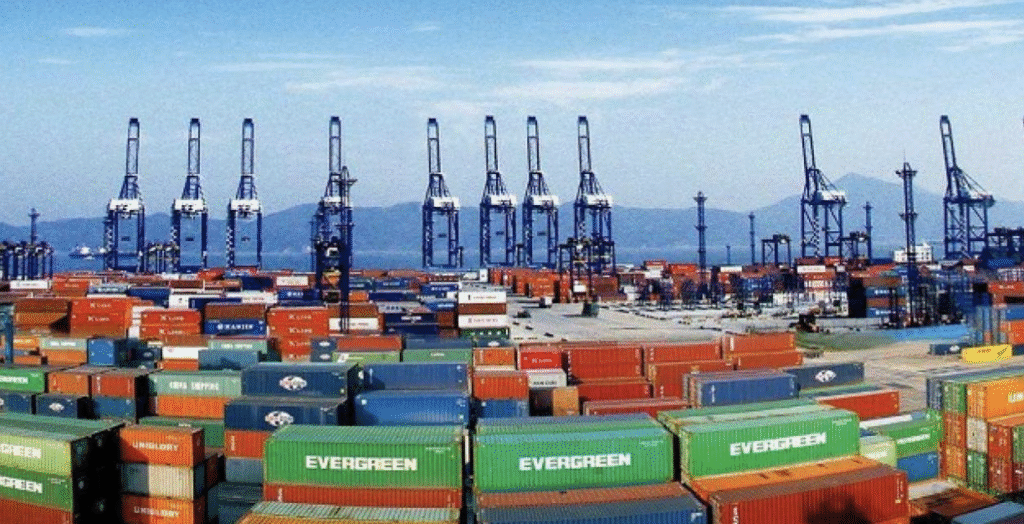
Based on Product Type and Export Volume
Each port has specialties:
- Tech and electronics: Shenzhen, Hong Kong
- Apparel and home goods: Guangzhou, Xiamen
- Industrial goods: Qingdao, Tianjin, Yantai
Large-scale exporters benefit from Shanghai, Ningbo, or Qingdao, while smaller, niche brands might opt for Xiamen or Zhuhai for easier handling and faster customs clearance.
Proximity to Manufacturing Hubs
Selecting a port near your supplier’s location reduces:
- Inland shipping costs
- Customs handling time
- Coordination delays
For example:
- Hangzhou factories → Ningbo Port
- Shenzhen suppliers → Yantian Terminal (Shenzhen Port)
Customs Efficiency and Turnaround Time
Some ports are notorious for slow customs processing. Others—like Shanghai and Shenzhen—offer pre-clearance, 24-hour inspection lanes, and bonded warehousing, making them ideal for time-sensitive cargo.
Common Shipping Routes and Port Pairings from China
Major Routes to the US, EU, Africa, and Southeast Asia
China’s top ports serve every major continent via weekly or even daily vessel departures. Common shipping routes include:
| From China Port | Destination Region | Common Ports Called |
|---|---|---|
| Shanghai | US West Coast | Los Angeles, Long Beach |
| Ningbo-Zhoushan | Europe | Rotterdam, Hamburg, Felixstowe |
| Shenzhen | Southeast Asia | Singapore, Port Klang, Manila |
| Qingdao | Japan/South Korea | Busan, Yokohama |
| Guangzhou | Africa | Durban, Mombasa |
Key Partner Ports and Transshipment Hubs
Some goods are transshipped via intermediary ports. For instance:
- Hong Kong is a transshipment hub for Southeast Asia
- Singapore acts as a bridge between China and Oceania
Shipping via these hubs can reduce costs but might slightly increase transit time.
Simoosourcing: Your China Sourcing and Logistics Partner
How Simoosourcing Simplifies Port Logistics
Sourcing from China? You’ll need more than a supplier—you’ll need a trusted logistics partner. That’s where Simoosourcing comes in.
Simoosourcing helps businesses:
- Choose the most cost-effective and efficient port
- Coordinate supplier shipping to the right terminal
- Manage container bookings and space reservations
- Handle customs declarations and documentation
They also provide:
- Real-time shipping updates
- Pre-shipment inspections
- Multilingual support
- Freight forwarding services
Whether you’re shipping full containers (FCL) or partial loads (LCL), Simoosourcing ensures smooth and reliable port-to-door service.
Additional Services Offered by Simoosourcing
Beyond logistics, Simoosourcing offers:
- Supplier sourcing and factory audits
- Sample procurement
- Private label and packaging assistance
- Warehousing and consolidation
For small brands and big businesses alike, their end-to-end supply chain service ensures your goods move efficiently from manufacturer to customer—via the right Chinese port.
Explore more at Simoosourcing.com
Conclusion
When it comes to global shipping, the top 15 major China ports are truly in a league of their own. They are the driving force behind China’s massive export economy and the backbone of supply chains that power the world.
From Shanghai’s record-breaking throughput to Beibu Gulf’s emerging importance, each port plays a distinct role in trade logistics. Whether you’re a new importer or an international brand scaling globally, understanding these ports helps you:
- Choose smarter shipping routes
- Reduce logistics costs
- Improve delivery timelines
And with a logistics expert like Simoosourcing on your side, navigating China’s port landscape becomes effortless. They not only connect you to trusted manufacturers but also manage the shipping maze from factory floor to port and beyond.
Frequently Asked Questions About Ports in China
1. What is the busiest port in China?
The Port of Shanghai is the busiest in China and the world, handling over 47 million TEUs annually.
2. Which port is best for electronics exports?
Shenzhen Port, especially Yantian Terminal, is ideal for electronics due to its proximity to manufacturing hubs.
3. How do I choose the best China port for my cargo?
Choose based on product type, factory location, and target market. Use a sourcing agent like Simoosourcing for guidance.
4. Are China’s ports affected by seasonal delays?
Yes, during Chinese New Year and Golden Week, port congestion and shipping delays are common. Plan ahead.
5. Can small businesses export via major ports?
Absolutely. Many ports and logistics companies now support LCL shipping, ideal for startups and small orders.

